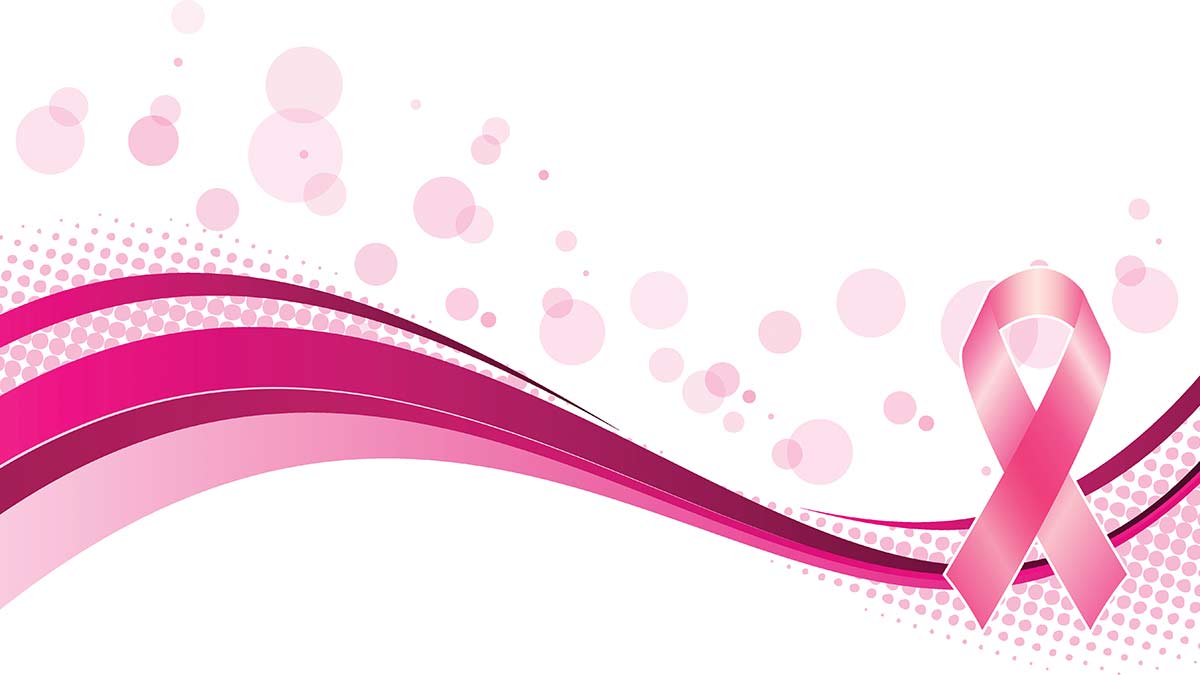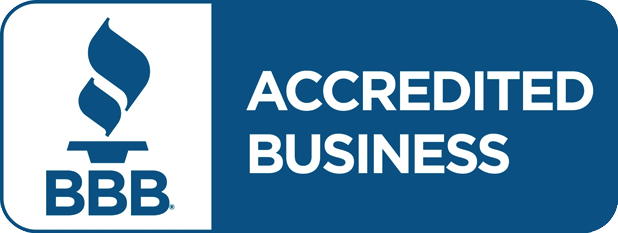October was first designated National Breast Cancer Awareness Month (NBCAM) in 1985 as a collective collaboration program between a variety of sponsors including the American Academy of Family Physicians, the pharmaceutical division of what was Imperial Chemical Industries, Cancer Care Inc. and the American Cancer Society to promote awareness of breast cancer and the most effective preventative measure mammography. Imperial Chemical Industries is now part of AstraZeneca which produces several anti-cancer drugs. In 1993, The Breast Cancer Research Foundation was established by Evelyn Lauder, the Senior Corporate VP of Estee Lauder Companies. It was through this foundation that the Pink Ribbon was established as the symbol for breast cancer.
The ribbon was first a peach color and used to symbolize breast cancer in 1991 by Charlotte Haley, a California woman, whose daughter, sister and granddaughter all had breast cancer. She was making and handing out the ribbons to raise awareness and improve funding for research. The pink campaign which has grown from ribbons to a variety of pink wardrobe and other accessories has been an annual event from October 1 to October 31 intended to educate the public about early screening and testing for breast cancer. Although breast cancer in men is rare, and generally overlooked, in 2009 the Brandon Greening Foundation for Breast Cancer in Men joined the campaign and established the 3rd week of October as Male Breast Cancer Awareness Week.
Nurses can raise awareness
As with any cancer, early screening and diagnostics are essential to improving outcomes for breast cancer. There is no current cure for breast cancer. All forms of cancer combined make it the second leading cause of death. Breast cancer is the most common form of cancer in women worldwide, and it isn’t just for women; men can get breast cancer too. Nurses need to stay up to date on screenings and current recommendations in order to help educate patients in the battle against cancers. Continuing education for nurses helps nurses stay up to date on the changes. Nurses can help women get to know their bodies and become familiar with what is normal for their body. Breast self-exam is a habit women should establish early on in life and continue monthly in order to detect any changes as they happen. In men, changes in the nipple such as lumps or pain and inverted nipples can indicate an issue. In women lumps, breast pain, enlarged lymph nodes in the armpit, discharge from the nipple, dimpling or redness in the breast should be quickly explored with the physician.
Risk factors increase for anyone with first-degree relationships (mother, sister, daughter) who have been diagnosed with breast cancer. White women are slightly more likely to develop breast cancer than black women. Mammography is the first line of diagnostics and is recommended for anyone regardless of age, ethnicity, race or family history. The American Cancer Society recommends mammography for anyone at average risk to begin annual mammography at age 45, and every two years after age 55. For anyone at advanced risk or experiencing symptoms mammography should be done as prescribed by the physician. Age is an increasing risk factor for any form of cancer and is influencing breast cancer risk. As the population ages, cancer risk is a relevant factor for annual screenings.
Healthy lifestyle changes
Obesity and a sedentary lifestyle are other risk factors for breast and other cancers. Reducing and maintaining healthy weight as well as increasing activity are important in helping to prevent cancers and complications. Alcohol consumption and tobacco use contribute to the risks for cancer and need to be limited or eliminated from lifestyles in order to prevent cancer. Limiting or eliminating exposure to environmental risks such as radiation and toxic chemicals will also help to reduce the possibilities of cancer growth.
Support and Education
Cancer understandably strikes fear in patients and those who are diagnosed often go through a full grieving process as they grieve for the loss of their health and life as they have known it. Being able to verbalize those fears is such an important process. Building rapport and trust their nurses to provide honest education in a manner they can understand is vital to the improved outcomes for breast cancer patients. Information and myth busting are important components for nurses to bring to the conversation to help patients cope with their diagnosis and learn to accept and live with the changes impacting their lives. Treatment and symptom management are also a huge role for nurses in the care of breast cancer patients. Understanding that side effects can become life threatening and a medical emergency is one of the most important things for nurses to know. Knowing how to manage the situation and advocate for your patient is one of the most important things oncology nurses need to know.



